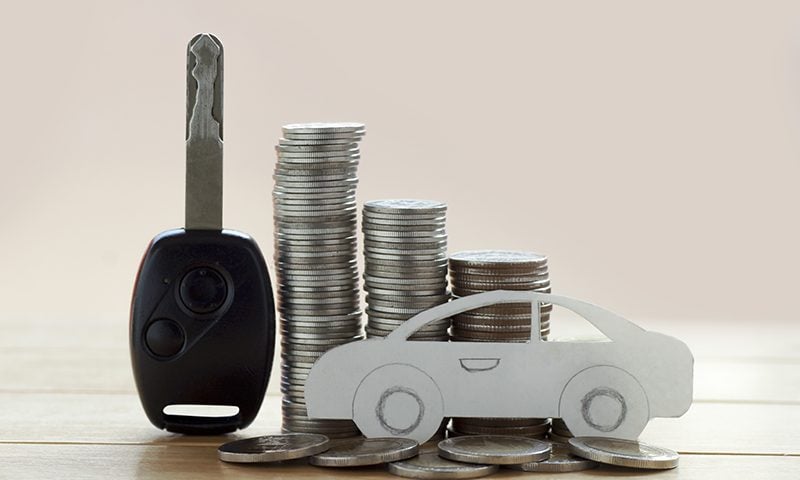The cost of motoring soars by 10% in a year

Sorry, but unfortunately, you did read that right.
Over the past 12 months, the cost of motoring has gone up by a massive 10%, according to new research by automotive data experts HPI.
The research looked at everything from prices at the pumps, to different depreciation costs for popular models.
It may not be the happiest reading, but we thought we’d show you some of the important facts and figures…
Increased cost per mile
The figure used to compare the cost of motoring is the ‘cost per mile’, calculated by looking at the total costs of petrol, tax, depreciation, services and maintenance.
To see how much the cost of motoring has changed, HPI looked at how the cost per mile of the cheapest vehicles to own back in 2016 has changed.
In 2016 the cost per mile of a Peugeot 108 was 24p. Now, it’s up to 27p. For the Toyota Aygo, the price today is 28p, a 4p increase on 2016.
So, unfortunately the cost per mile, and the cost of motoring, has increased a great deal. Fuel has played a big part in this (but you probably already guessed that), with petrol prices increasing from 101.46p a litre to 120p over the past year.
Appreciate the value of depreciation
While a lot of talk is focused on the cost of fuel, tax and maintenance, depreciation “is the single biggest factor in the cost of owning a car”, according to HPI’s Consumer and Retail Specialist, Philip Northard.
He explains: “It usually outweighs the costs of fuel use, servicing, car tax and even insurance, even when added together. The drop in value varies between makes and models, and while depreciation is often quoted in percentage terms it can be more useful to think in cash values, which helps identify if a car is going to lose them more or less money than another.”
Their research shows depreciation has slowed a lot over the past year because of an increased consumer demand for used cars.
This wasn’t the happiest of reads, was it? Sorry. Maybe head to YouTube and type in ‘sloths’ or ‘otters’, that should bring your mood back up in no time.


